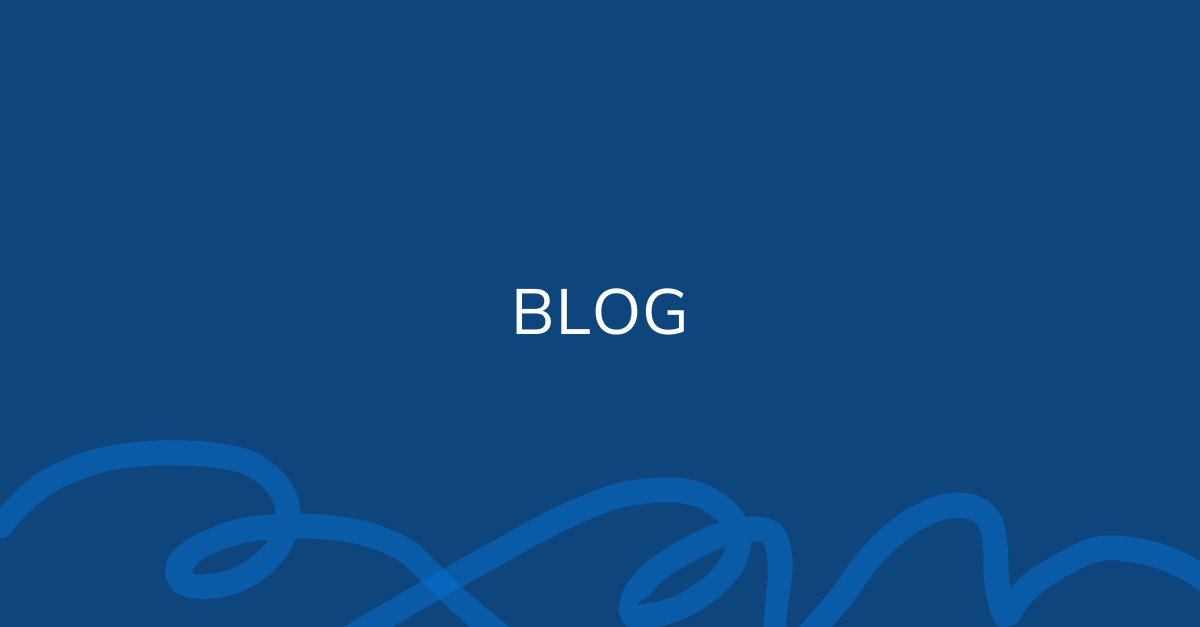
A new study1 is the first of its kind to investigate how quantitative gait analysis data collected via spontaneous, passive remote monitoring differs from data collected during active remote monitoring – in which the patient consciously performs a walk analysis. This study suggests that the ability to obtain gait analysis data passively throughout everyday life circumstances offers critical insight into patient functional mobility. Additionally, using the OneStep app can facilitate improved biomechanics with real-time feedback that supports better clinical outcomes.
The OneStep app leverages the sensors within smartphones to capture human gait and motion analysis. Specific gait parameters are extracted from the data collected via proprietary algorithms. OneStep’s gait analysis science has been compared to gold-standard labs, rendering it a valid and reliable method for remote motion analysis.2-4
In addition to gait analysis, OneStep is able to capture measurements for joint range of motion. Within the app, users can also perform and obtain scores for functional movement assessments including the Timed Up and Go (TUG) and the Sit to Stand (STS).
Using a retrospective analysis of 7,227 walking bouts, this study identified specific gait parameters in OneStep users that were significantly different between the two recording conditions – when data was collected actively (patients consciously initiated a walk within the app) compared to data that was collected passively (via background recording of spontaneous walks and movement during everyday circumstances).
The following parameters were lower during spontaneous background analysis compared to active, in-app analysis:
Additionally, double support percentage was higher during spontaneous background analysis compared to active, in-app analysis. Overall, this study demonstrated that background walks, recorded passively, revealed less clinically favorable spatiotemporal patterns for velocity, stride length, step length of the affected side, and double support percentage.
Having the ability to monitor patient mobility remotely offers the benefit of “capturing spontaneous behavior, including rare and fluctuating events, in the home or community.”1 When gait analysis is performed in a lab setting, the conditions are typically controlled and unrealistic as compared to real life. Additionally, when patients are aware they are undergoing analysis, they are more likely to overcompensate, masking potential impairments, and less likely to exhibit natural movement patterns.
As supported by the findings in this study, collecting data in a natural setting offers a more holistic view of patient mobility in a variety of settings and enables providers to make personalized, clinical decisions supported by evidence for more targeted care plans. Access to such thorough data sets offers opportunities for proactive intervention and timely care for better patient results. On a larger scale, this may also offer more insight as to what the boundaries of “normal” are for various gait parameters and deepen the understanding of fluctuation according to environment.
The results of this study also indicate that the OneStep app has great potential to facilitate improved biomechanics during ambulation with real-time feedback during in-app walks – in which the patient receives valuable insight regarding their unique mobility and suggestions for more optimal movement.
Interested in leveraging OneStep’s groundbreaking remote motion analysis technology in your practice? Schedule a personalized demo.
Resources:
1. Rozanski G, Putrino D. Recording context matters: Differences in gait parameters collected by the OneStep smartphone application. Clin Biomech (Bristol, Avon). 2022;99:105755.
2. Shahar RT, Agmon M. Gait Analysis Using Accelerometry Data from a Single Smartphone: Agreement and Consistency between a Smartphone Application and Gold-Standard Gait Analysis System. Sensors (Basel). 2021;21(22):7497.
3. Christensen JC, Stanley EC, Oro EG, et al. The validity and reliability of the OneStep smartphone application under various gait conditions in healthy adults with feasibility in clinical practice. J Orthop Surg Res. 2022;17(1):417.
4. Shema-Shiratzky S, Beer Y, Mor A, Elbaz A. Smartphone-based inertial sensors technology - Validation of a new application to measure spatiotemporal gait metrics. Gait Posture. 2022;93:102-106.